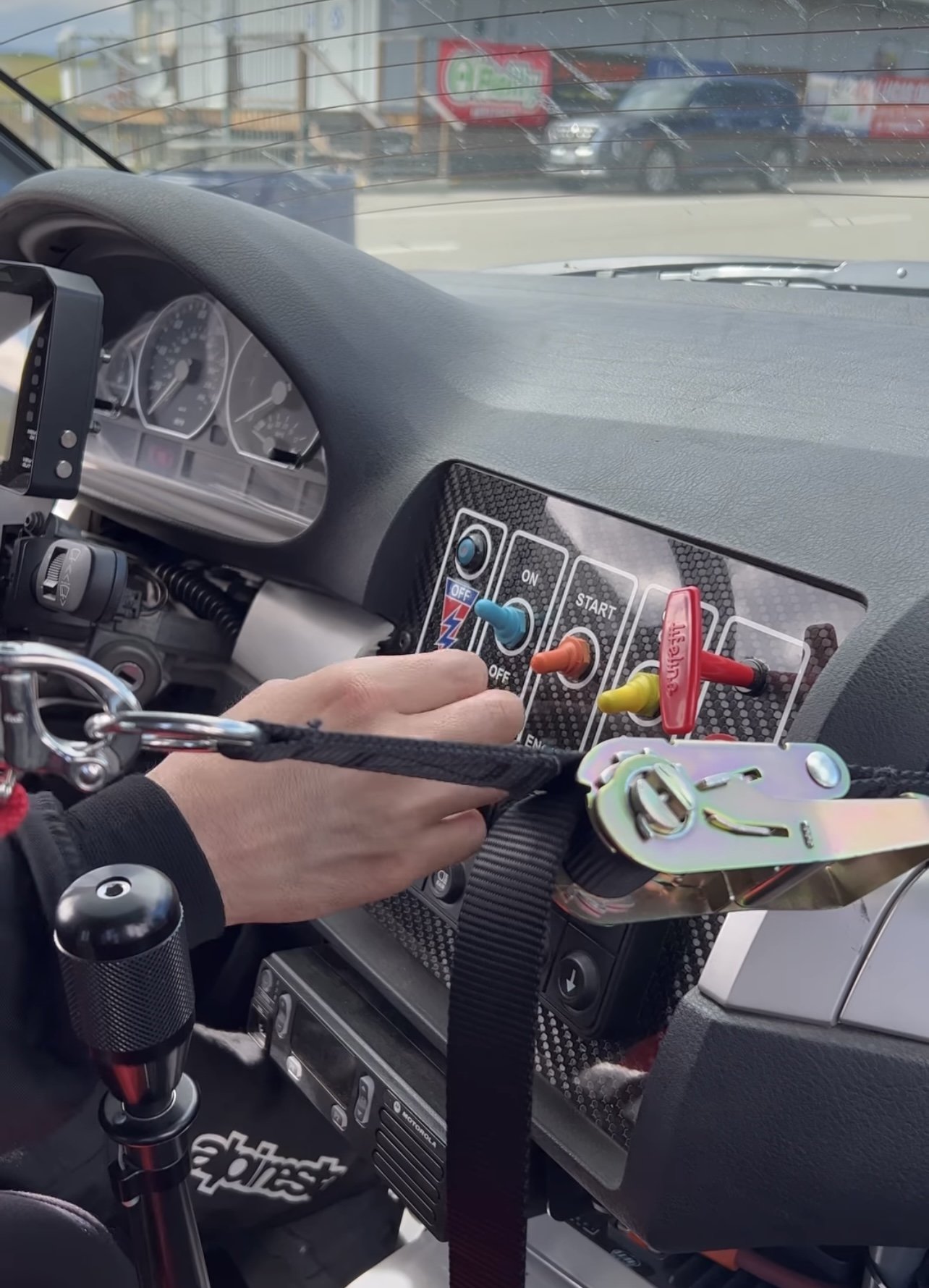
SpeedSF Blog
Every Build Has a Story – Meet the Cars of SpeedSF

Why Trackday Coaching Matters
When Eric Preciado got serious about his racing, he hired a driving coach to help him shed some of the bad habits he’d picked up in autocrossing. At the end of his first day with Joe McGuigan issuing instructions, Eric was lapping nearly five seconds faster than he had previously.

Justin's Moore's Mustang GT: Practicality Pays Dividends
After a long, challenging relationship with a peanut-eye STI, Justin Moore decided to get in a more reliable car and take advantage of the great lapping days available to him. This ‘11 Mustang GT needed some work to get it into the S3 title contender it is now, but it hasn’t given him any reason to stay out of the seat.

A Letter to Our Open-Top Drivers: Is a Rollbar Necessary?
Though not every factory convertible requires additional roll protection to run a lapping event, there are some that do. In either event, the addition of the right rollbar has a few performance gains that the daring driver will appreciate.
